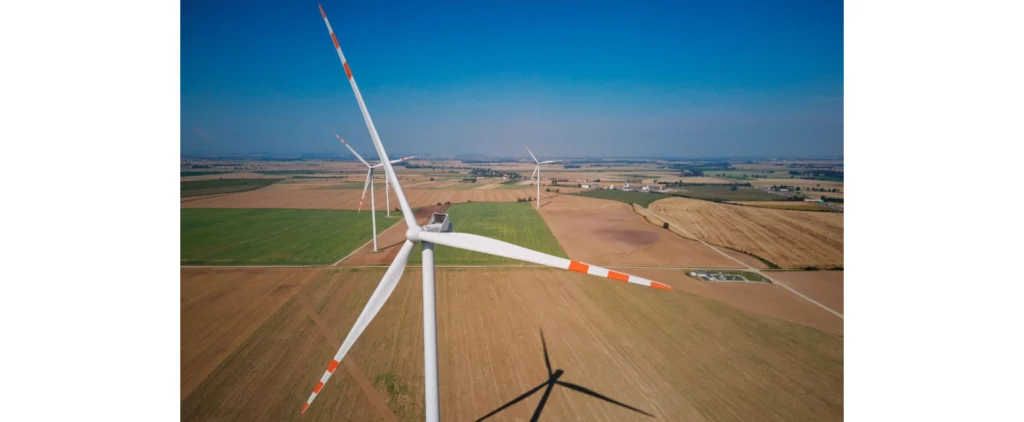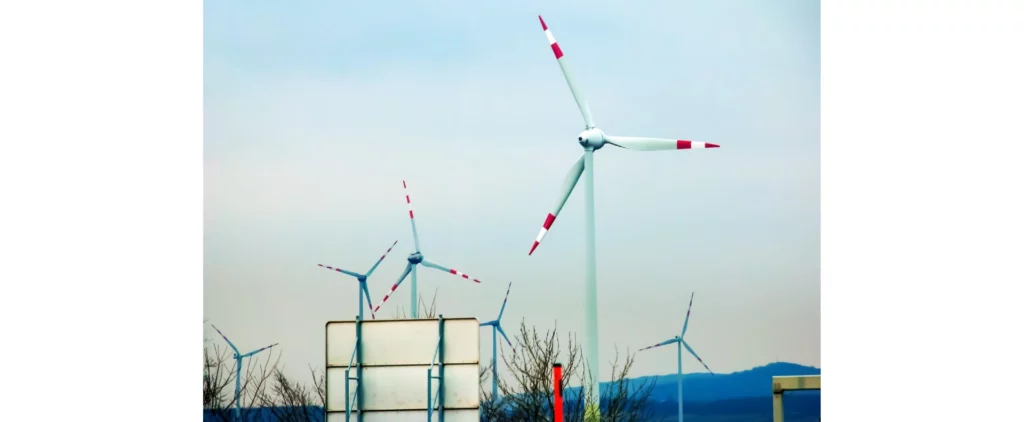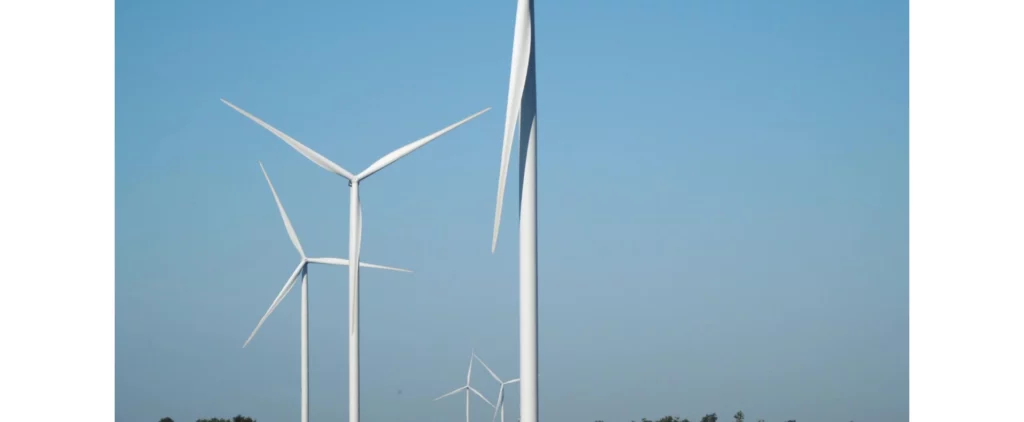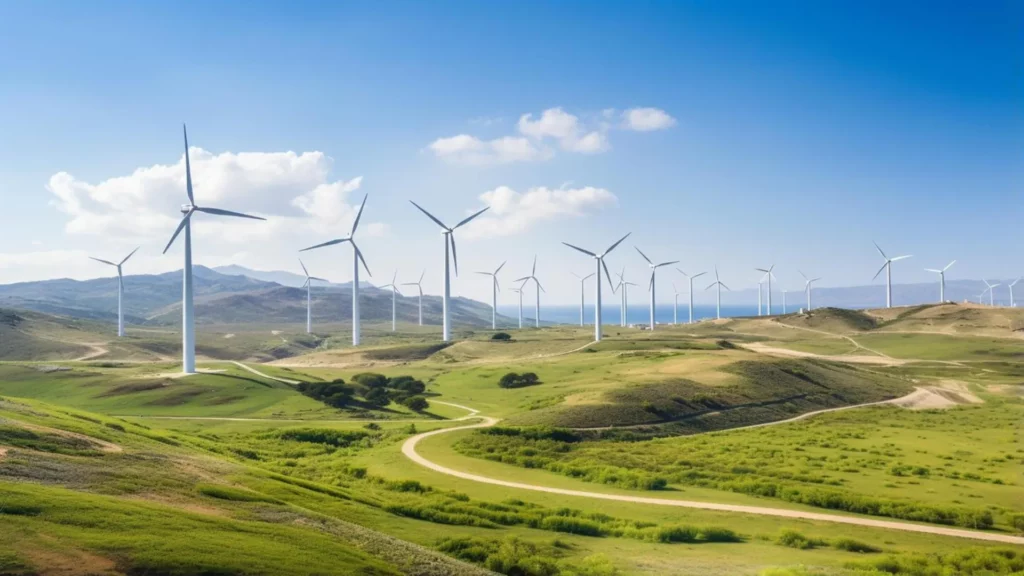Challenges of Wind Power for Commercial Use
Wind power stands at the forefront of the renewable energy revolution, offering a beacon of hope for a sustainable future.
As nations and industries strive to reduce carbon emissions, the commercial adoption of wind energy presents unique challenges and opportunities.
This article delves into these challenges in greater depth, exploring the intricacies of wind power implementation and outlining comprehensive strategies to harness its full potential.

Challenges to Large-Scale Implementation of Wind Energy
Variability and Grid Integration
- Predicting Wind Patterns: Advanced meteorological technologies and predictive analytics are crucial for better forecasting wind patterns, yet the inherent unpredictability of wind remains a significant hurdle.
- Grid Integration: Integrating variable wind energy into the power grid requires sophisticated grid management technologies and infrastructure upgrades to ensure reliability and stability.
Economic and Policy Barriers
- Investment and Financing: Securing investment for wind projects, particularly in regions without strong policy incentives, can be challenging. Financial mechanisms such as green bonds and renewable energy certificates (RECs) are vital for attracting capital.
- Policy Frameworks: Developing and implementing supportive policy frameworks, including feed-in tariffs and renewable portfolio standards, are essential for creating a conducive environment for wind power.
Environmental and Social Considerations
- Biodiversity: The potential impact of wind turbines on bird and bat populations is a concern that requires ongoing research and the development of mitigation strategies, such as turbine siting and design modifications.
- Community Engagement: Addressing the visual and auditory impacts of wind turbines through community engagement and participatory planning processes can enhance public acceptance.

Expanding the Solution Space
Technological Innovations
- Next-Generation Turbines: Investing in the development of more efficient turbine technologies, including taller turbines capable of accessing higher wind speeds and floating turbines for offshore applications, can dramatically increase energy yield.
- Hybrid Systems: Combining wind power with other renewable sources, like solar and hydro, in hybrid systems can offset intermittency and provide a more constant energy supply.
Financial and Economic Strategies
- Cost-Competitive Pricing: Leveraging economies of scale and reducing manufacturing and installation costs are critical for making wind power more cost-competitive with fossil fuels.
- Innovative Financing Models: Public-private partnerships and crowdfunding platforms are emerging as innovative financing models that lower the barrier to entry for wind power projects.
Enhancing Policy Support and Market Mechanisms
- Subsidies and Incentives: Enhanced government subsidies and incentives can lower the financial risk for investors and accelerate the deployment of wind technologies.
- Carbon Pricing: Implementing carbon pricing mechanisms, such as carbon taxes or cap-and-trade systems, can indirectly boost the competitiveness of wind power by increasing the cost of carbon-intensive energy sources.
Strengthening Infrastructure and Grid Capabilities
- Smart Grids: Developing smart grid technologies that can dynamically balance supply and demand, integrate storage solutions, and manage distributed energy resources is essential for accommodating large shares of wind power.
- Energy Storage: Advancements in energy storage technologies, including batteries, compressed air energy storage (CAES), and pumped hydro storage, can mitigate the intermittency of wind power and ensure a reliable energy supply.

Looking Ahead: The Future of Wind Power in Commercial Use
The path to integrating wind power into the commercial energy mix is paved with challenges, yet it is also ripe with opportunities for innovation, policy development, and community engagement.
The future of wind power hinges on our ability to collaboratively address these challenges, leveraging cutting-edge technologies, fostering supportive policy environments, and engaging with communities to realize the vast potential of wind energy.
As we move forward, the continued evolution of wind power technology, coupled with strategic investments and policy support, will play a pivotal role in shaping a sustainable, low-carbon future.
The journey towards widespread commercial use of wind power is not only about harnessing the wind but also about innovating, adapting, and working together to overcome the obstacles that lie in our path.
Conclusion
The commercial adoption of wind power presents a complex array of challenges, from technological and financial hurdles to environmental and social considerations.
However, with concerted effort and strategic planning, these challenges can be overcome, paving the way for wind power to become a cornerstone of our sustainable energy future.
By embracing innovation, fostering collaboration, and committing to environmental stewardship, we can unlock the full potential of wind power and ensure its vital role in the global transition to renewable energy.
Source:

